#japanese angelshark
Text
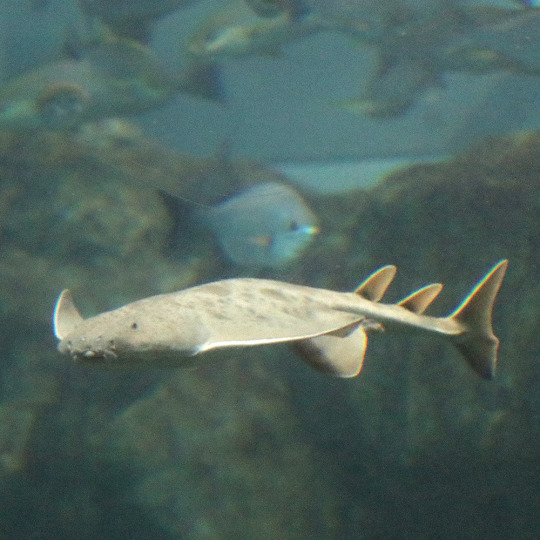


写りは悪いけど普段みられないカスザメをみられて嬉しかった
ダイバーさんが掘り出してくれました
@海響館
The photos are not very good quality, but I am glad to see so many cute moments of angelsharks. They are usually sleeping in the sand. The divers dug them out!
@Kaikyokan
38 notes
·
View notes
Text

Inside the Navier - Ship's Rest
Endless Ocean, Nintendo Wii
love how the angelsharks just... spin in circles all the time... just a couple of girlbosses building their empire
#endless ocean#endlessocean#forever blue#endlessoceanphotos#nintendo wii#wii#japanese angelshark#ship's rest
3 notes
·
View notes
Text
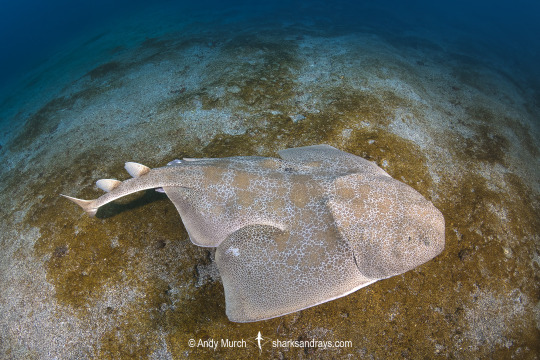
Japanese angelshark | Squatina japonica
X
72 notes
·
View notes
Note
Sharks
Temporal range: Early Jurassic – Present
Clockwise from top left: spiny dogfish, Australian angelshark, whale shark, great white shark, horn shark, frilled shark, scalloped hammerhead and Japanese sawshark representing the orders Squaliformes, Squatiniformes, Orectolobiformes, Lamniformes, Heterodontiformes, Hexanchiformes, Carcharhiniformes and Pristiophoriformes respectively.
Scientific classification Edit this classification
Domain: Eukaryota
Kingdom: Animalia
Phylum: Chordata
Class: Chondrichthyes
Infraclass: Euselachii
Clade: Neoselachii
Subdivision: Selachimorpha
Orders
Galeomorphii
Carcharhiniformes
Heterodontiformes
Orectolobiformes
Lamniformes
Squalomorphii
Hexanchiformes
Pristiophoriformes
Squaliformes
Squatiniformes
Synonyms
Pleurotremata
Selachii
Sharks are a group of elasmobranch fish characterized by a cartilaginous skeleton, five to seven gill slits on the sides of the head, and pectoral fins that are not fused to the head. Modern sharks are classified within the clade Selachimorpha (or Selachii) and are the sister group to the Batoidea (rays and kin). Some sources extend the term "shark" as an informal category including extinct members of Chondrichthyes (cartilaginous fish) with a shark-like morphology, such as hybodonts. Shark-like chondrichthyans such as Cladoselache and Doliodus first appeared in the Devonian Period (419–359 million years), though some fossilized chondrichthyan-like scales are as old as the Late Ordovician (458–444 million years ago). The oldest modern sharks (selachimorphs) are known from the Early Jurassic, about 200 million years ago.[citation needed]
Sharks range in size from the small dwarf lanternshark (Etmopterus perryi), a deep sea species that is only 17 centimetres (6.7 in) in length, to the whale shark (Rhincodon typus), the largest fish in the world, which reaches approximately 12 metres (40 ft) in length. They are found in all seas and are common to depths up to 2,000 metres (6,600 ft). They generally do not live in freshwater, although there are a few known exceptions, such as the bull shark and the river shark, which can be found in both seawater and freshwater. Sharks have a covering of dermal denticles that protects their skin from damage and parasites in addition to improving their fluid dynamics. They have numerous sets of replaceable teeth.
Several species are apex predators, which are organisms that are at the top of their food chain. Select examples include the tiger shark, blue shark, great white shark, mako shark, thresher shark, and hammerhead shark.
Sharks are caught by humans for shark meat or shark fin soup. Many shark populations are threatened by human activities. Since 1970, shark populations have been reduced by 71%, mostly from overfishing. Sharks are spread across 512 described and 23 undescribed species in eight orders. The families and genera within the orders are listed in alphabetical order.
I LOVE YOU THANK YOU /P
3 notes
·
View notes
Photo
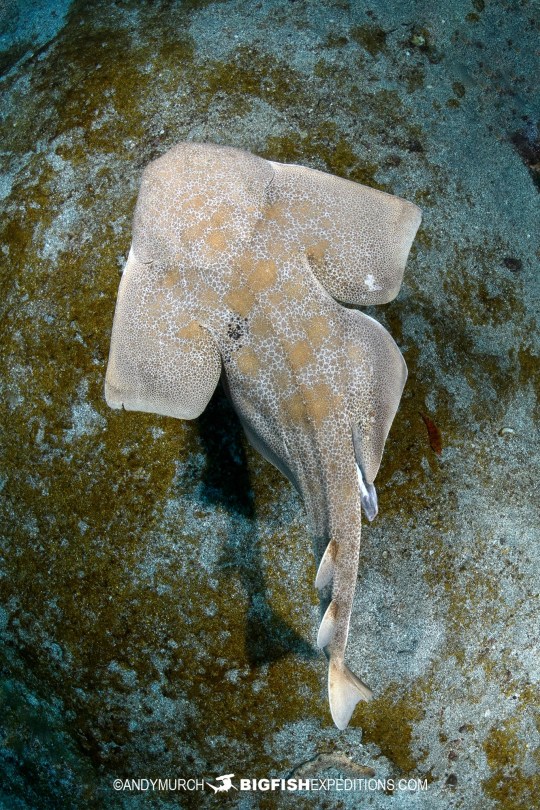
Photo by Andy Murch | Info
The Japanese angelshark (Squatina japonica) is a species of angelshark (family Squatinidae) found in the northwestern Pacific Ocean off China, Japan, and Korea. It is a bottom-dwelling shark found in sandy habitats down to 300 m (980 ft) deep. This species has the flattened shape with wing-like pectoral and pelvic fins typical of its family, and grows to 1.5 m (4.9 ft) or more in length. Feeding on fishes, cephalopods, and crustaceans, the Japanese angelshark is a nocturnal ambush predator that spends most of the day lying still on the sea floor. This species gives birth to live young; the litter size varies from two to 10. It is not dangerous to humans unless provoked.
#squatina japonica#japanese angelshark#angelshark#angelsharks#squatinidae#marine biology#sharks#shark photography
235 notes
·
View notes
Photo

japanese angelshark personification
3 notes
·
View notes
Text
Japanese Angelshark
Japanese Angelshark Facts Most notably, the fascinating Japanese Angleshark represents a particular species of angelshark with a very specific habitat range. Though of a moderate size, it rarely forms a danger to humans. That’s because it rarely becomes aggressive to humans unless provoked. Further, the Dutch ichthyologist Pieter Bleeker first described this animal as a […]
The post Japanese Angelshark appeared first on Our Breathing Planet.
from WordPress https://ift.tt/35bV6Gv
via IFTTT
0 notes
Video
"Ambush With A Grin, Gotcha!" - 🔵@maestro320 's Notes: This incredible footage was filmed on location off the Japanese Coast courtesy of The Science Channel @sciencechannel - Ah, the sea. So fascinating. So wonderful. Here we have a little fish, completely unaware of the ambush predator right beneath it. A Pacific Angel Shark had been waiting patiently — buried under the sandy sea floor. 🎣🦈 • The Pacific angelshark (Squatina californica) is a species of angelshark, family Squatinidae, found in the eastern Pacific Ocean from Alaska to the Gulf of California, and from Ecuador to Chile, although those in the Gulf of California and southeastern Pacific may in fact be separate species. The Pacific angelshark inhabits shallow, coastal waters on sandy flats, usually near rocky reefs, kelp forests, or other underwater features. This species resembles other angel sharks in appearance, with a flattened body and greatly enlarged pectoral and pelvic fins. Characteristic features of this shark include a pair of cone-shaped barbels on its snout, angular pectoral fins, and a brown or gray dorsal coloration with many small dark markings. It attains a maximum length of 1.5 m (4.9 ft). An ambush predator, the Pacific angelshark conceals itself on the sea floor and waits for approaching prey, primarily bony fishes and squid. Prey are targeted visually and, with a quick upward thrust of the head, snatched in protrusible jaws. Individual sharks actively choose ideal ambush sites, where they stay for several days before moving on to a new one. This species is more active at night than during the day, when it stays buried in sediment and seldom moves. Reproduction is ovoviviparous, with the embryos hatching inside the mother's uterus and being sustained by a yolk sac until birth. Females give birth to an average of six young every spring. Pacific angelsharks are not dangerous to humans unless provoked, in which case their bite can cause a painful injury. They are valued for their meat and are captured by commercial and recreational fishers across their range. A targeted gillnet fishery for this species began off Santa Barbara, California in 1976 and ended in 1994. https://www.instagram.com/p/B4-A0ZfhJod/?igshid=1xyaq0lmb4i5c
0 notes
Photo
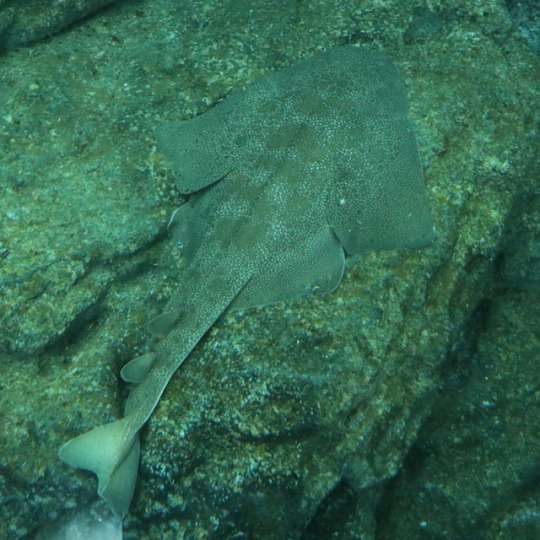
うみがたりチューブという天井〜壁だけでなく床までガラス面になっている展示。
底にカスザメをみつけました。水族館では難しいショット。
@上越市立水族博物館
7 notes
·
View notes
Text
Types of Sharks
Bahamas Sawshark
Basking Shark
Blacktip Reef Shark
Blue Shark
Bluegray CarpetShark
Bluntnose Sixgill Shark
Broadnose Sevengill Shark
Bronze Whaler Shark
Bull Shark
Burmese Bamboo Shark
Caribbean Reef Shark
Caribbean Roughshark
Cookiecutter Shark
Copper Shark
Crested Bullhead Shark
Frilled Shark
Galapagos Bullhead Shark
Goblin Shark
Gray Reef Shark
Great Hammerhead Shark
Great White Shark
Greenland Shark
Hammerhead Shark
Horn Shark
Japanese Sawshark
Japanese Wobbegong
Leafscale Gulper Shark
Lemon Shark
Leopard Shark
Mako Shark
Megalodon Shark
Nurse Shark
Pacific Sleeper Shark
Porbeagle Shark
Port Jackson Shark
Portuguese Dogfish Shark
Prickly Dogfish Shark
Reef Shark
Scalloped Hammerhead Shark
Sand Shark
Sailfin Rough Shark
Sawback Angelshark
Sharpnose Sevengill Shark
Shortfin Mako Shark
Silky Shark
Silvertip Shark
Thresher Shark
Tiger Shark
Whale Shark
Whitetip Reef Shark
Zebra Shark
Zebra Bullhead Shark
0 notes
Photo
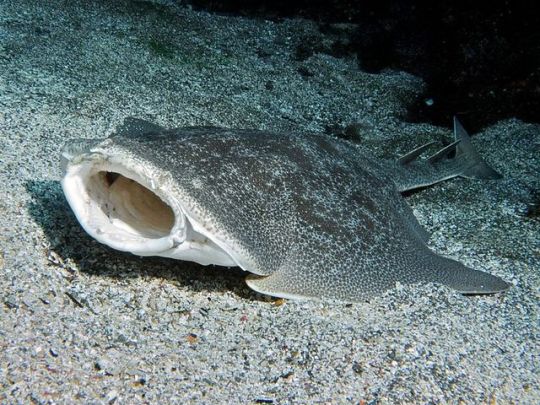
Japanese Angelsharks Squatina japonica are bottom-dwelling sharks found in the Pacific Ocean off the coasts of China, Japan, and Korea. These sharks live in sandy ocean bottoms down to almost 300 meters. Japanese Angelsharks are nocturnal ambush predators, and spend most of their day lying still on the seafloor. They eat any fish, cephalopod, or crustacean that comes too close to their hiding spot.
These flat sharks are currently listed as Vulnerable by the IUCN Red List because of bottom trawling in these areas. Japanese Angelsharks are a slow growing species that spends its days sleeping on the ocean floor. Bottom trawls pose a huge threat to these animals because they destroy their habitat, and catch the angel sharks as by-catch in the fishing gear.
Learn more about the incredible marine life in our world's oceans by visiting us at: www.theterramarproject.org
Photo: RYO SATO-Wikimedia Commons (CC BY-SA 2.0)
0 notes
Photo

Floating with a Japanese Angelshark.
Reference picture here.
31 notes
·
View notes
Photo


Japanese Angelshark, Squatina japonica
Taken at Izu Oceanic Park by Martin Voeller on Flickr.
#Japan#Japanese Angelshark#Angelshark#sharks#fish#animals#ocean#sea#underwater#photography#Squatina japonica#amazing#beautiful#creatures#pattern#wildlife#marine life#benthic#Izu
937 notes
·
View notes
Photo


new oc
ghost shark(Chimaera), Japanese angelshark, and whale shark personification
3 notes
·
View notes
